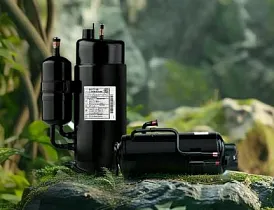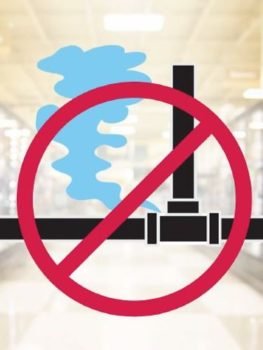
Market news, 09 July 2024
 Even in a more moderate scenario with a lower leak rate of 20 percent, the economic costs are still significant. For an individual store, the loss of 700 pounds of R-404A (among the most common refrigerants in use today) at $7 per pound equates to an annual expense of nearly $5,000. But that’s only one store. The cost swells exponentially when you factor in the multiple stores that a supermarket chain operates. Across a chain of 100 stores, refrigerant leaks can cost retailers nearly $500,000 annually.This doesn’t include the associated labor costs, food waste, or the potential loss of business due to service disruptions resulting from a leak.
A supermarket’s bottom line isn’t the only thing affected by refrigerant leaks. The environment may also suffer a significant impact as well. In the previous 100-store example, nearly 70,000 pounds of refrigerant are leaked into the atmosphere. That’s equivalent to 124,500 metric tons of CO2, the emissions of 24,000 cars or 10,600 homes. This environmental impact doesn’t account for the potential additional energy required to power refrigeration equipment experiencing a leak, as this equipment must run harder to compensate for its declining refrigerant levels.
Read more
Even in a more moderate scenario with a lower leak rate of 20 percent, the economic costs are still significant. For an individual store, the loss of 700 pounds of R-404A (among the most common refrigerants in use today) at $7 per pound equates to an annual expense of nearly $5,000. But that’s only one store. The cost swells exponentially when you factor in the multiple stores that a supermarket chain operates. Across a chain of 100 stores, refrigerant leaks can cost retailers nearly $500,000 annually.This doesn’t include the associated labor costs, food waste, or the potential loss of business due to service disruptions resulting from a leak.
A supermarket’s bottom line isn’t the only thing affected by refrigerant leaks. The environment may also suffer a significant impact as well. In the previous 100-store example, nearly 70,000 pounds of refrigerant are leaked into the atmosphere. That’s equivalent to 124,500 metric tons of CO2, the emissions of 24,000 cars or 10,600 homes. This environmental impact doesn’t account for the potential additional energy required to power refrigeration equipment experiencing a leak, as this equipment must run harder to compensate for its declining refrigerant levels.
Read more



